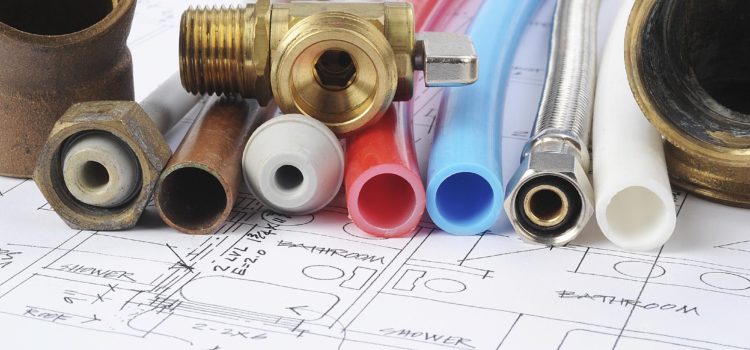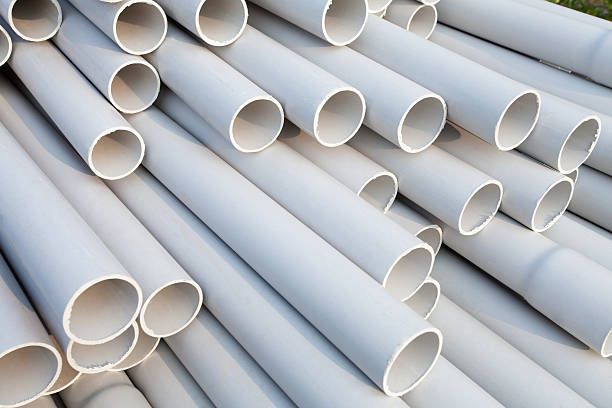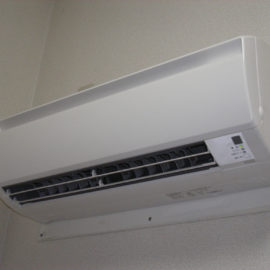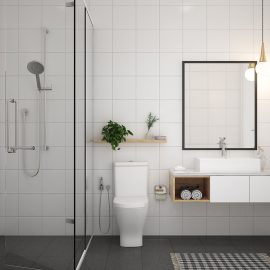
There are many types of pipes in the plumbing world, with specific characteristics and properties, for different uses in a house: heating, plumbing, or sanitation.
The fundamental distinction of pipes, in general, is made in two groups: plastic pipes and metal pipes, although there are also other types such as concrete. Among plastic pipes, the most commonly used are PVC (polyvinyl chloride), CPVC (chlorinated polyvinyl chloride), PERT, PEX (cross-linked polyethylene), and multilayer.
Among the metal pipes, there are different types: normal steels, stainless steels, galvanized steel, copper, and lead pipes that are already out of use.
Currently, plastic pipes exist and are used more than metal pipes, mainly because they are much cheaper and, above all, because they are better handled as they are more malleable than more conventional metal parts. However, each type of pipe has its own characteristics and is used to meet specific needs.
Types of Pipes by Material
Each material has specific characteristics, advantages, and some disadvantages. Knowing each of them is essential to choosing the type of pipe that best suits the installation you need. As mentioned earlier, there are two main types of pipe: plastic pipe and metal pipe. We’ll then look at the different types so that you, too, can become an expert.
Plastic Pipes
The use of plastic in the pipe industry is increasing at the expense of metal pipes. From the very beginning of their implementation, they have raised enormous expectations in the industry because of their properties, low cost, time savings, and handling advantages.

And this was a real revolution for the vast majority of professionals. In addition, it should be taken into account that plastic materials are suitable for drinking water piping since they do not cause or transmit any kind of taste, odor, or color in the water they carry indoors.
PVC Pipes
PVC pipes are mainly used to transport water at high pressure unless the hot water is displaced, as the heat pipe can deform or even melt when it is reached. They are available in various standard diameters for the construction and plumbing industry. Most PVC pipes are white or grey in color.
Advantages: PVC pipe has dominated the hydraulic industry market for the past 60 years because the smooth surface inside the pipe ensures a constant flow of water, low cost, and excellent strength.
Disadvantages: Limitation of measurements and sizes, it is a fragile material, so if they fall on the ground or are stepped on, they can break. The composition of PVC is mainly made up of salt and petroleum, which can be harmful to the environment. It takes at least 24 hours to avoid the taste of plastic.
CPVC Piping
CPVC (chlorinated polyvinyl chloride) is a PVC derivative with higher chlorination. CPVC has a characteristic yellow color.
Advantages: The main advantage of CPVC pipe over PVC is that it is resistant to high temperatures and can carry both cold and hot water. CPVC also has a wider range of uses than PVC by offering an outside diameter similar to that of copper pipe. It is the ideal system for industrial process water applications. They are generally more cost-effective than metal pipes.
They have ideal flow rates and are the ideal system for industrial process water applications. Ease of installation. Low or no maintenance. Safe to install and operate.
Disadvantages: It is a fragile material and has difficulty in resisting very high temperatures. Another disadvantage of CPVC is its high coefficient of thermal expansion, which is not recommended for climates with wide temperature variations. In addition, CPVC generally costs twice as much as standard PVC.
You now know more about the different types of pipes available on the market. Come back to read the second part of this post.



